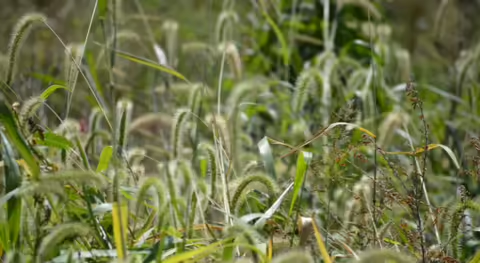Illinois has six species of foxtails.
Named for the appearance of their spike inflorescences, foxtail grasses are easy to identify. Of the six types in Illinois, three are very common and found in every county of the state.
- Giant, Yellow, and Green Foxtail are the grasses you are likely to encounter. What do they look like and how can you tell them apart from one another?
- All three of them are non-native, annual grasses that produce their spikelets in the summer.
- They are typically found growing in disturbed habitats.
Size
Giant Foxtail (Setaria faberi) is the largest of the three, growing between two and four feet tall. Yellow Foxtail (Setaria pumila) grows one to three feet tall, with Green Foxtail (Setaria viridis) shorter, one to two feet tall.
Ligules and leaves
All three foxtails have ligules made up of stiff hairs.
- The leaves of Giant Foxtail will be broader than those of yellow and green, up to 3/4” across compared to less than ½” across of the other two.
- The presence or absence and type of hairs found on the leaf blades can help you distinguish the three species.
- You can find small, short hairs along the upper surface of the leaf blades of Giant Foxtail.
- Yellow Foxtail has long hairs near the base of the leaf blade, in the collar region (where the leaf blade becomes the sheath).
- Green Foxtail leaves are hairless.
Inflorescences
If you catch them with their inflorescences, telling them apart is pretty straightforward. The three foxtails have spike inflorescences, with their spikelets surrounded by bristles. Bristles are different than awns – while awns emerge from the tip of the spikelets, bristles surround the base of the spikelet, and are found in clusters.
Two characteristics of the inflorescences
- The spike of Giant Foxtail curves downward as it matures, while those of yellow and green will usually remain upright.
- Giant and Green Foxtail have 1 to 3 bristles surrounding each spikelet, while Yellow Foxtail has between 5 and 15 bristles.
Let's put that all together:
- Giant Foxtail has a nodding inflorescence with bristles in clusters of 1 to 3,
- Green Foxtail has an upright inflorescence with bristles in clusters of 1 to 3,
- Yellow Foxtail has an upright inflorescence with bristles in clusters of 5 to 15.
What about color?
With words like yellow and green in the names, you may think that's an easy way to distinguish species, but there’s a fine line between green and yellow when it comes to grasses. Young foliage can tend to be on the green side, while old and weathered foliage typically takes on a yellow appearance. One distinguishing color characteristic is that the bristles (just the bristles, not the spikelets themselves) of Green Foxtail are sometimes purple (otherwise green), while the other two foxtail bristles are yellow to tan in color.
Need a refresher on grass identification terms, like ligule and spikelet? Check out this blog post!
Learn more.
Foxtail Management Recommendations | University of Minnesota Extension
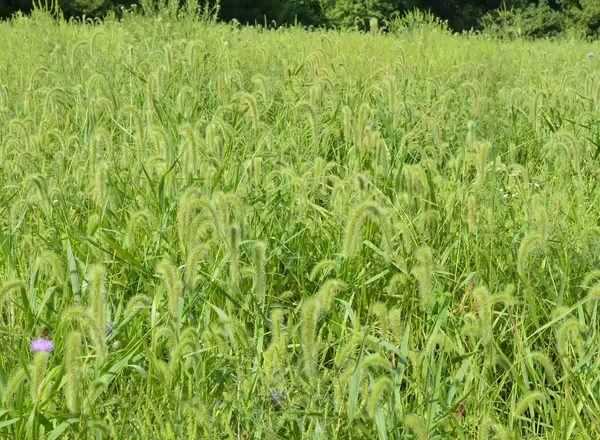
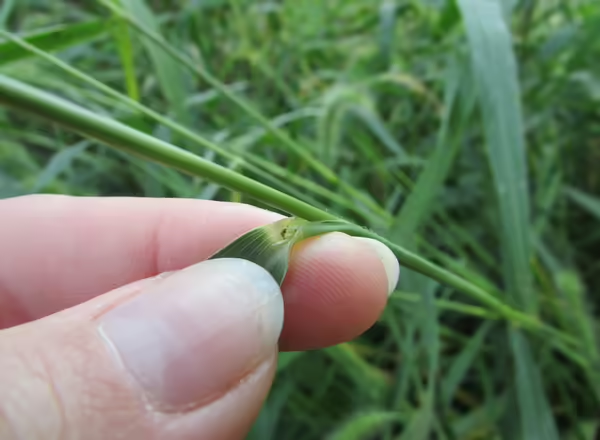
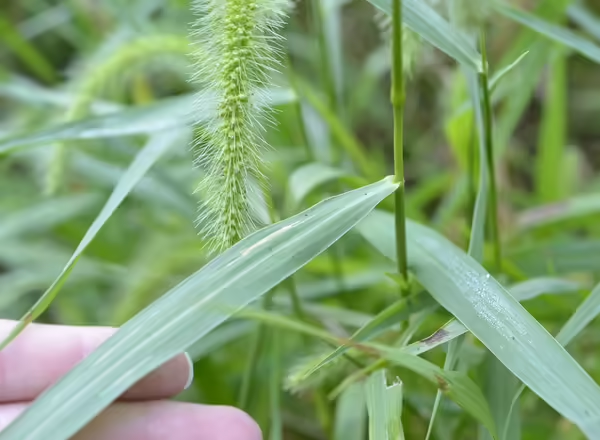
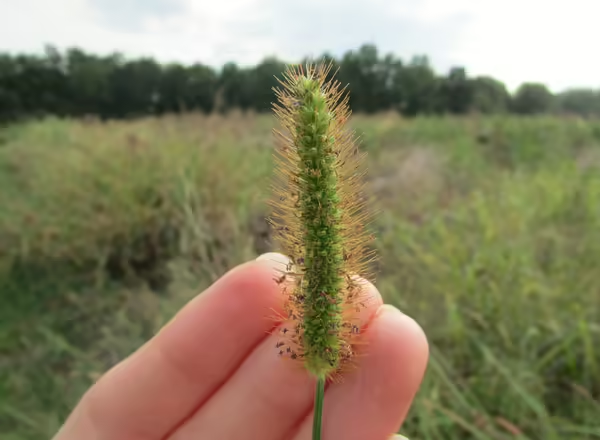


Giant Foxtail, Setaria faberi, is a non-native summer annual that can be found in every county in Illinois. It grows in disturbed habitats and it will grow between two and four feet tall. Its leaves are broad and it has a ligule made up of long white hairs. Giant Foxtail blooms in the...
Yellow Foxtail, Setaria pumila, is a non-native summer annual found across Illinois in disturbed habitats. It grows between one and three feet tall and its stem is a bit flattened. The leaf sheaths are keeled, looking like they have a crease from being folded in half. Sometimes you can...
